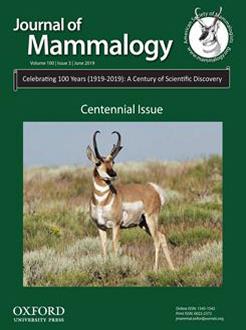Ecophysiology is a relatively recent interdisciplinary field, and although active prior to the 75th anniversary of the American Society of Mammalogists (ASM), it has grown in breadth since then. This growth is in part a result of advances in technology that have reduced the size and improved the portability of key instrumentation, and also made sequencing of proteins and nucleic acids faster and less expensive. Here, we demonstrate the breadth of recent research on the ecophysiology of mammals, quantify the research activity of the past 25 years, and consider future research needs. Some of the most active areas of research have related to maintenance of homeostasis, associations of physiological traits with the evolution of varied life styles and life histories, and reproductive physiology. Key findings involve allometry and scaling, energetics and thermoregulation, phenotypic plasticity and epigenetics, and the importance of microbial symbionts. With respect to predictions of trends in mammalian ecophysiology, the strongest themes relate to conservation biology, in large part related to rapid climate change, habitat destruction, and other anthropogenic factors. How our mammalian fauna adapts (or not) to these changes will be of great interest, and has the potential to affect the science of mammalogy in the future.
How to translate text using browser tools
11 July 2019
Ecophysiology of mammals
Thomas E. Tomasi,
Briana N. Anderson,
Theodore Garland
ACCESS THE FULL ARTICLE

Journal of Mammalogy
Vol. 100 • No. 3
July 2019
Vol. 100 • No. 3
July 2019
allometry
climate change
ecophysiology
energetics
evolution
homeostasis
microbiome




